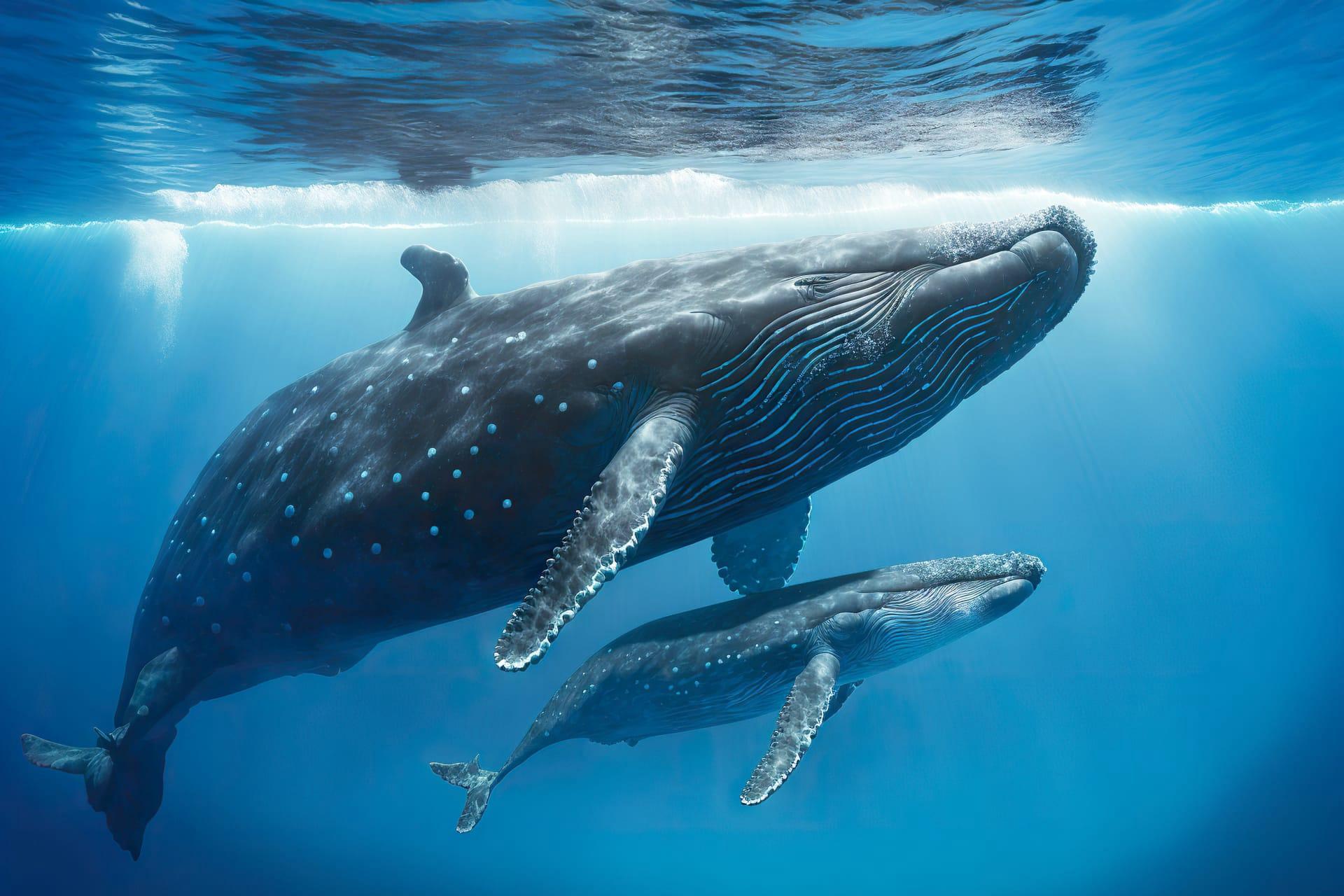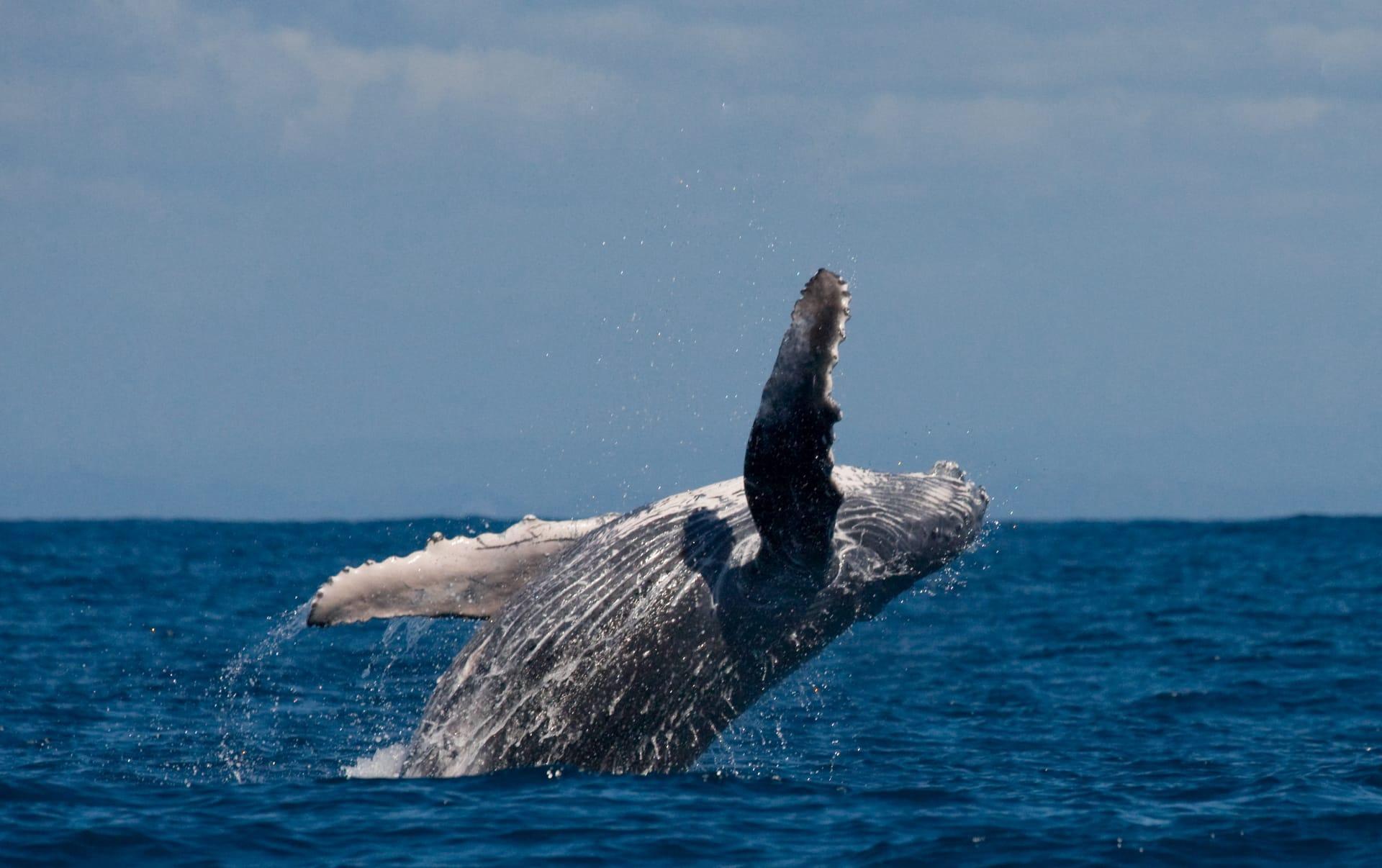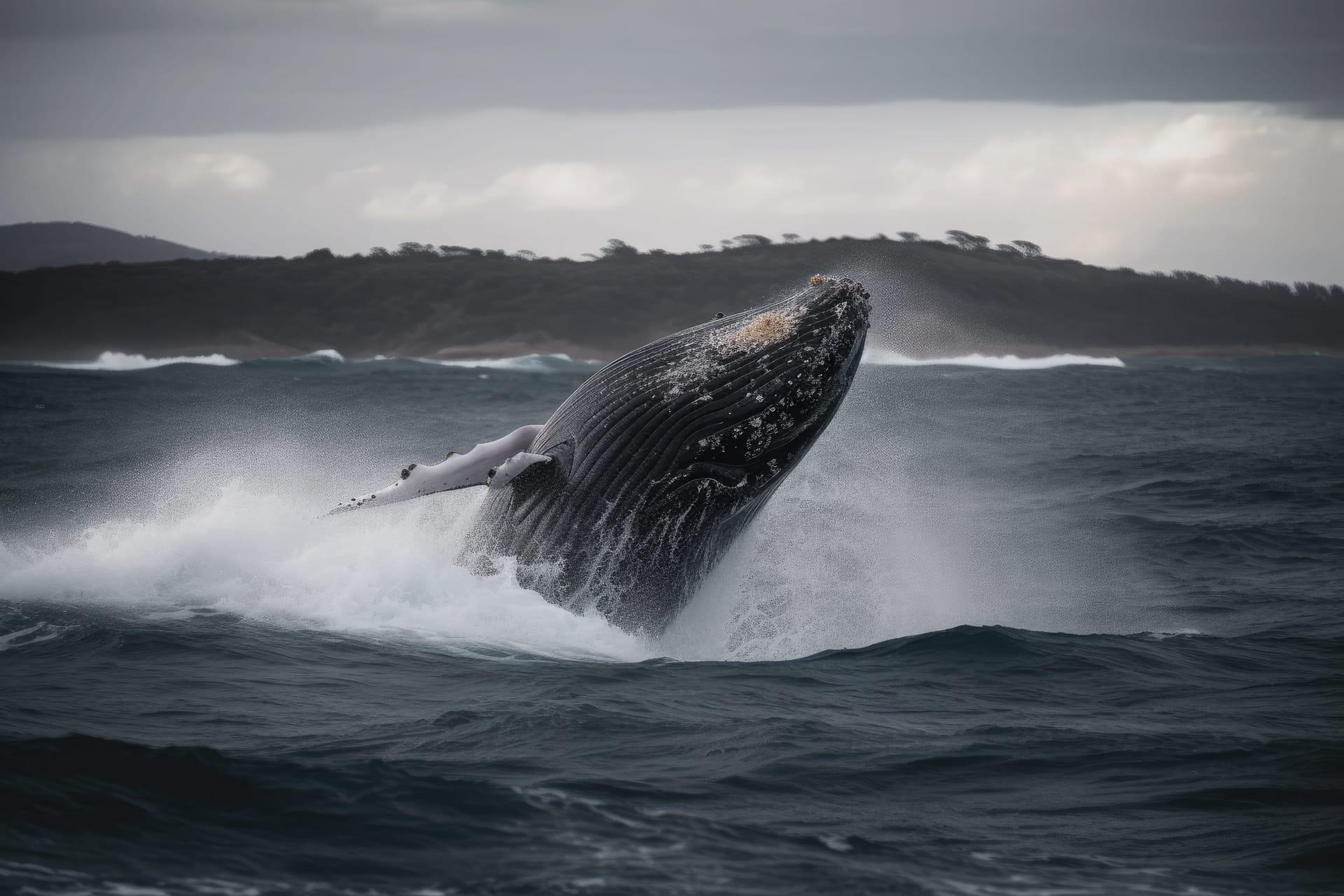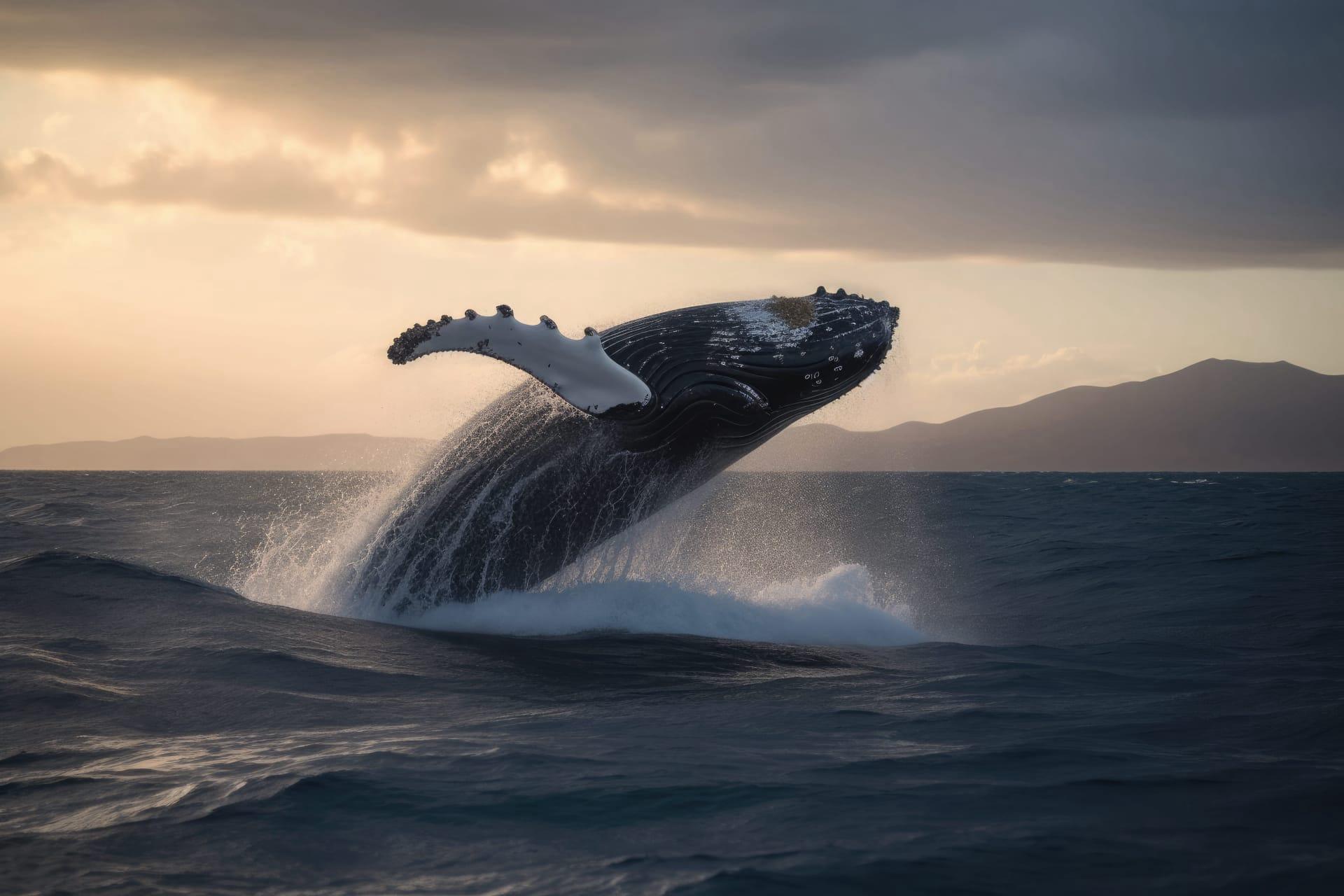1
Blue whales, the largest animals ever known to have existed, dwarf even the most massive dinosaurs. An adult blue whale measures up to 100 feet (30 meters) in length, which is longer than a professional basketball court. Astonishingly, their hearts are the size of a small car, weighing about 1,300 pounds (590 kg), and their heartbeat can be detected from two miles away. Despite their colossal size, blue whales feed almost exclusively on tiny, shrimp-like creatures called krill, consuming up to 4 tons (3,600 kg) daily.
Blue whales are not only massive but also majestic travelers. They undertake extensive migrations, traveling thousands of miles between their breeding and feeding grounds. These journeys are among the longest of any mammal, covering up to 12,000 miles (19,312 km) round trip. Their migration patterns are driven by the search for food and the need to breed in warmer waters, showcasing an impressive endurance and navigational ability.

2
The vocalizations of blue whales are among the loudest sounds produced by any animal on Earth. These calls can reach up to 188 decibels, a level that is significantly louder than a jet engine. Remarkably, under the right conditions, their sounds can travel for up to 1,000 miles (1,609 km) underwater. These vocalizations are essential for communication, navigation, and possibly even mating rituals, but the full extent of their purpose remains a subject of ongoing scientific research.
Despite their immense size, blue whales are remarkably agile swimmers. They can reach speeds of over 20 miles per hour (32 km/h) in short bursts when threatened or during feeding. This agility is surprising for an animal that weighs as much as 200 tons (181,437 kg). Their streamlined bodies and powerful tails enable them to move through water with ease, defying the common perception that size hinders agility.

3
Blue whales have a unique feeding strategy called lunge feeding. This involves accelerating towards a swarm of krill and opening their mouths to an almost 90-degree angle, engulfing a volume of water and krill nearly equal to their own body size. After this, they use their massive tongues, which weigh as much as an elephant, to push the water out through baleen plates, trapping the krill inside.
Another intriguing fact about blue whales is their lifespan, which can extend up to 90 years. However, determining their age is a unique process. Scientists use a method called earwax plug analysis. As blue whales grow, they accumulate layers of earwax, each layer representing six months. By counting these layers, much like tree rings, scientists can estimate the age of a blue whale.

4
Blue whales play a significant role in the marine ecosystem, particularly in the carbon cycle. When they die, their massive bodies sink to the ocean floor, becoming an ecosystem in themselves. This process, known as a "whale fall," supports deep-sea organisms for decades. Moreover, their fecal plumes, rich in iron and nitrogen, fertilize phytoplankton, which in turn contributes to oxygen production and carbon sequestration.
Blue whales have a relatively low reproductive rate, with females giving birth to a single calf every two to three years after a gestation period of 10 to 12 months. These calves are born weighing about 3 tons (2,700 kg) and measuring up to 25 feet (7.6 meters) in length. They undergo rapid growth, fed on the mother's rich, fatty milk, and can gain up to 200 pounds (90 kg) per day in their first year of life.

5
Blue whales have a unique blood vessel structure in their brain, which helps prevent brain damage during deep dives. These vessels, known as the "rete mirabile," function as a cushion, protecting the brain from the intense pressure changes experienced during dives that can reach depths of over 1,000 feet (304 meters).
Despite their vast size and power, blue whales are listed as endangered species, primarily due to commercial whaling in the 20th century, which drastically reduced their population. Conservation efforts are ongoing, with international laws and agreements in place to protect them. This emphasizes the importance of preserving our planet's biodiversity and the delicate balance within marine ecosystems.